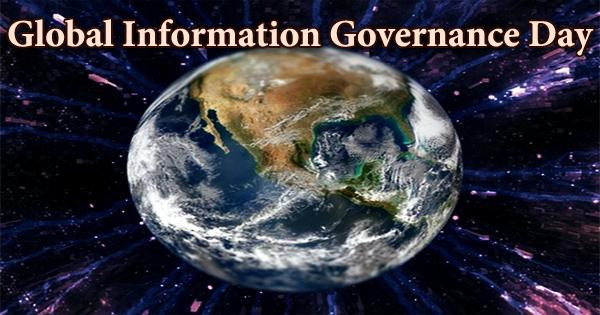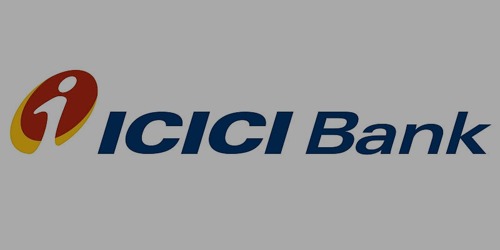Every year on the third Thursday in February, Global Information Governance Day, or GIGD, is commemorated to raise awareness about information governance (IG). Garth Landers, Tamir Sigal, and Barclay T. Blair began the annual commemoration in 2012. The implementation of desirable actions in the development, use, archiving, and deletion of information owned by an entity is known as information governance. Anything that has to do with the capture, creation, use, storage, and deletion of information is described as access. It encompasses all types of material, including paper records, electronic documents, data, and any other type of information. IG uses legal, risk, and IT expertise in addition to records and information management (RIM) to protect, use, and drive value through the enterprise. Information governance is described by Gartner Inc., an information technology research and advisory firm, as the specification of decision rights and an accountability mechanism to promote beneficial conduct in the valuation, development, storage, usage, archival, and deletion of data. It encompasses the processes, functions, standards, and metrics that ensure that knowledge is used effectively and efficiently to help an organization achieve its objectives. Information governance is a broad term that covers all aspects of the information life cycle, including privacy considerations, eDiscovery standards, storage optimization, and metadata management It lays the groundwork for a digital economy and helps us get the most out of our data properties. The American Health Information Management Association has designated February as Information Governance Month. Information governance experts are in charge of organizing and promoting the event. A record can either be a physical, tangible object, or digital information such as a database, application data, or e-mail. The lifecycle of a record has traditionally been described as starting with its formation and ending with its disposal. Traditional records management struggled to keep up with the explosion of content generation in recent decades, as well as the rise of regulations and enforcement issues. To address all phases of the lifecycle, a more robust platform for managing records and information became essential, resulting in the birth of information governance.
Records management is the process of storing and deleting records. The entry may be a physical, tangible entity or digital information such as databases, application data, and e-mail addresses. The record’s life cycle was traditionally described as beginning with its development and ending with its removal. Traditional records management has lagged behind as content generation has risen in recent decades, as have regulations and enforcement issues. To handle all phases of the life cycle, a more robust platform for managing records and information was needed, which led to the development of an information management system. Privacy, access controls, and other enforcement matters are also part of information governance, in addition to preservation and disposal. A system of record adds enormous value to a company by reducing the amount of time spent looking for and disambiguating data (in the 10s of Millions per year for one customer who shared their analysis with us recently). The importance of reducing the risk of making decisions based on inaccurate, incomplete, or unreliable data cannot be overstated. And, assuming the data is known and trusted, the data itself becomes a monetizable asset. In-depth interviews with key stakeholders, observation and review of workflow structures and business processes, and surveys of the staff to gauge the depth of their awareness and compliance may all be part of the information governance assessment phase. Information Governance (IG) software considerations analyzed normally involve:
- Logistics of in-house resources available to implement an IG program
- The extent to which executive sponsorship is involved, as well as the power and leverage to implement current policies
- Presence (or lack thereof) of training, education regarding retention, and other policies
- Audit systems are used to ensure that effective change management procedures are in place and being followed in order to improve overall program performance
Attorneys check electronically stored information for specific data and put it on legal hold in electronic discovery, or e-discovery. IG includes consideration of how this content is held and controlled for e-discovery and also provides a platform for defensible disposition and compliance. Furthermore, metadata often accompanies electronically stored data and, if properly stored and handled, can be extremely valuable to an organization. In certain ways, organizing data and all of the policies and procedures that go with it does not seem to be a glamorous task. However, information governance is the key to unlocking all of the information’s potential value. The data change agents are those of us who spend our time making data available. IG emerged as a platform for organizations to define policies at the enterprise level, across multiple jurisdictions, as a result of all of these additional considerations that go beyond traditional records management. The IG then ensures that these policies are implemented across all content, data, and record repositories. President Barack Obama issued an order in November 2011 to reform existing records management systems within the government to more comprehensively address current needs. Information governance has been a rising trend, even being the theme of the annual ARMA International Conference in 2012. While records managers are becoming more aware of IG, many organizations are still unaware. Global Information Governance Day was actually founded in 2013 to raise this awareness.
















